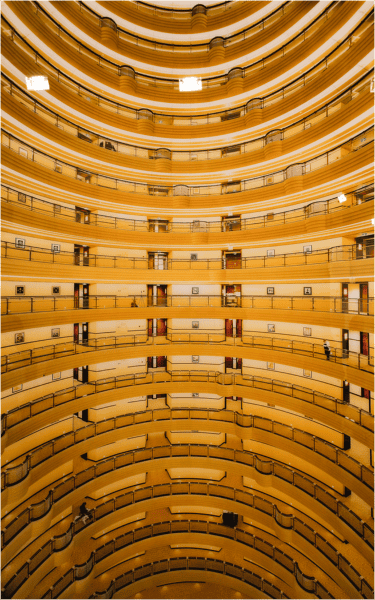

If in doubt start with the middle grades. Graded and Variable or multi contrast papers are as the name suggests, all about contrast. Your next choice is between Graded or Multi-Grade This means the blacks get darker when it’s dry making it difficult to get your exposures correct. The downside is it takes a lot of washing and it “dries down”. Most FB papers have an excellent black density. The emulsion is coated onto archival paper and will hopefully last a lifetime if washed properly. FB which stands Fibre based is the usual choice for art or archival prints.This resin coated paper is ideal for anyone starting out printing as you can judge the exposure while it is still wet and it doesn’t take too long to wash. You will need to buy some photographic light sensitive paper. some will even do “clip tests” (cut off a piece of film and develop it to see if the remainder of the roll needs pushing or pulling).ĭo a Google search but check out the TrustPilot reviews of lesser known labs to see what others think. Most offer a push / pull (over or under develop) service as well as contact sheets. To start off though I would suggest sending your film to one of the numerous postal developing labs that will dev your negs.
Final print photography how to#
This will include topics ranging from what chemicals to choose, how to load a negative into a dev tank, times and temperatures, through to advanced topics like chemistry variations for fine grain and Mackie line effects to sharpen your negatives.įor advice on choosing a film for black and white photography we have a post that will help. We will do an entire post on negative processing with techniques for beginners through to advanced. Enlargers are relatively cheap and the whole lot including trays can often be purchased off eBay for a song.įor advice on loading the film into your camera have a look at our how to load film post.
Final print photography windows#
I can’t count the number of times I have blacked out windows in bathrooms to use as a makeshift darkroom. A light proof room with running water is all you need.

Of course, you could always build your own. Many towns and cities have similar setups but if your town does not you might try the local camera clubs. Awesome present! I was shown the darkroom facilities, called SPACE in Colchester, UK by the very amiable general manager called Jack Briggs-Miller.

Ally bought me several months of access for my birthday. For a very reasonable monthly fee you can use the darkroom as much as you need. We were very fortunate as there is a community darkroom in the middle of our city. The paper can now be viewed in normal light. Finally the chemical process is fixed using a chemical called fixer and the chemicals washed away with water. This development process is then stopped using another chemical called a stop bath. When exposed to light a latent image is formed and this is then developed in chemical developer. The photographic darkroom printing process uses paper that has a chemical coating – (this is called emulsion and is usually made up of silver salts) coated on one side that is sensitive to light, but not red light. Darker areas on the neg allow less light so the paper remains white. The lighter areas on the negative allow more light to get to the paper and produce a darker area. The enlarger shines a light through the negative and focuses it on the baseboard of the enlarger. How does traditional B&W Darkroom printing work?īlack and white printing works by exposing light through a negative to light sensitive paper and then using chemicals to reveal the image. If you are still toying with the idea of black and white photography and haven’t bought a camera yet have a look at the article Best film camera for travel photography on ImageExplorers site. This is also a reminder for those of you who used to print and long for the old days, of how satisfying it was when you emerged from the darkroom, after an evening of printing, with a stack of wonderful B&W prints. This “how to” post is for those of you who grew up with digital and never experienced the incredible joy of seeing your print appear before your eyes in the developing chemistry.

Negative on the lightbox and finished print.


 0 kommentar(er)
0 kommentar(er)
